Come join us now, and enjoy playing your beloved music and browse through great scores of every level and styles!
Can’t find the songbook you’re looking for? Please, email us at: sheetmusiclibrarypdf@gmail.com We’d like to help you!
Table of Contents
William Grant Still: Three Visions (Suite for piano solo)
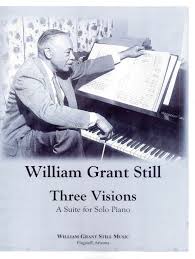
Best Sheet Music download from our Library.
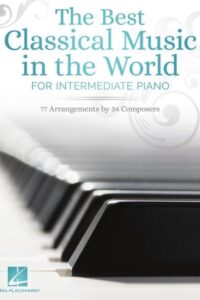
Please, subscribe to our Library.
If you are already a subscriber, please, check our NEW SCORES’ page every month for new sheet music. THANK YOU!
0:00 – Dark Horseman 1:30 – Summerland 6:00 – Radiant pinnacle
Browse in the Library:
Or browse in the categories menus & download the Library Catalog PDF:
William Grant Still
William Grant Still (1895 – 1978) was an American composer, arranger, conductor, and multi-instrumentalist, often called “the Dean of African American composers.” He was the first African American to have a symphony performed by a major orchestra in the United States, the first to conduct a major symphony orchestra, and the first to have an opera produced by a major opera company.

Early Life and Education
- Born on May 11, 1895, in Woodville, Mississippi, and raised in Little Rock, Arkansas.
- His father died when he was an infant, and his mother, a teacher, encouraged his musical interests.
- Studied at Wilberforce University, where he initially pursued medicine but shifted to music.
- Later trained at the Oberlin Conservatory of Music, then studied composition with George Whitefield Chadwick and later with avant-garde composer Edgard Varèse in New York.
Career and Achievements
- Worked as an arranger for popular and jazz bands in New York, including for W. C. Handy and Paul Whiteman.
- Became involved with the Harlem Renaissance, blending African American musical traditions with classical forms.
- His Symphony No. 1 “Afro-American” (1930) was the first symphony by an African American to be performed by a major U.S. orchestra (Rochester Philharmonic, 1931).
- Conducted the Los Angeles Philharmonic at the Hollywood Bowl in 1936, making him the first African American to lead a major orchestra in the U.S.
- His opera Troubled Island (1939, libretto by Langston Hughes and Verna Arvey) was the first by an African American staged by a major company (New York City Opera, 1949).
Musical Style
- Fused classical European traditions with African American idioms: blues, spirituals, jazz, and folk tunes.
- Emphasized lyricism, accessibility, and cultural expression rather than strict modernist abstraction.
- Advocated for a distinctly American classical music rooted in Black cultural traditions.
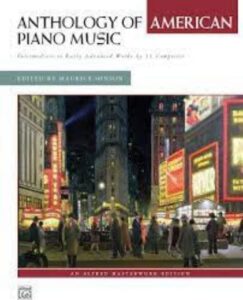
Notable Works
- Symphonies: Afro-American Symphony (No. 1), Song of a New Race (No. 2), The Sunday Symphony (No. 3), Autochthonous Symphony (No. 4), Western Hemisphere Symphony (No. 5).
- Operas: Troubled Island, A Bayou Legend, Highway 1, U.S.A.
- Chamber & Vocal Music: Lyric Quartette, Danzas de Panama, many art songs.
- Also wrote for radio, film, and popular ensembles.
Legacy
- Broke multiple racial barriers in American classical music.
- Opened doors for later generations of African American composers and performers.
- His works are increasingly studied and performed, recognized as cornerstones of 20th-century American music.
- Died in Los Angeles, California, on December 3, 1978.
William Grant Still’s music stands out for celebrating African American heritage within the classical tradition, offering a unique and dignified voice at a time when systemic racism excluded many Black composers from mainstream recognition.
Three Visions (1935) is one of William Grant Still’s most powerful works for solo piano. It is a short suite in three movements, deeply symbolic, written during the Harlem Renaissance period when Still was developing a distinctive African American voice within classical idioms. The suite is often regarded as a spiritual and philosophical statement on the human soul’s journey after death.
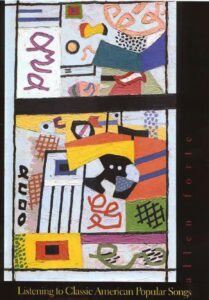
Three Visions (1935) Overview and Musical Analysis
- Title: Three Visions (for solo piano)
- Date: 1935
- Movements:
- Dark Horsemen
- Summerland
- Radiant Pinnacle
- Theme: The cycle represents the progression of the human soul: confrontation with death, passage to spiritual peace, and ultimate ascension.
1. Dark Horsemen
- Character: Turbulent, dissonant, and rhythmically urgent.
- Musical features:
- Rapid ostinati and syncopations drive the texture.
- Dense chords, sharp dynamics, and angular melodies suggest violence and inevitability — the soul’s confrontation with mortality.
- Harmonic language: rooted in tonal centers but heavily chromatic, with influences from early modernism (Still studied with Varèse).
- Strong percussive writing evokes imagery of galloping horses (possibly a reference to the biblical Four Horsemen of the Apocalypse).
Interpretation: This movement symbolizes the struggle and chaos of death, the breaking away of the soul from earthly ties.
2. Summerland
- Character: Gentle, lyrical, and serene — the most frequently performed movement.
- Musical features:
- Lush, hymn-like melody in the middle register, often played with a singing legato.
- Rich Romantic harmonies, influenced by Chopin and Debussy but colored with blues-inflected lines.
- Transparent texture, long sustained chords, and rubato create a meditative atmosphere.
- Tonal stability (often interpreted in D♭ major) provides calmness.
Interpretation: Summerland represents the spiritual paradise the soul reaches after death — peaceful rest and eternal beauty.
This movement is sometimes performed alone as an independent concert piece or even arranged for orchestra.
3. Radiant Pinnacle
- Character: Triumphant, luminous, and ascending.
- Musical features:
- Energetic rhythms, sweeping arpeggios, and brighter harmonies than in the previous movements.
- Builds momentum with a sense of striving upward, often through sequences and rising melodic gestures.
- Tonal clarity, major sonorities, and climactic chords express transcendence.
- Harmonically more consonant than Dark Horsemen, but with modern chromatic coloring.
Interpretation: This final movement depicts the soul’s union with the divine, ascending to its highest state — ultimate illumination.
Stylistic Significance
- Still fuses African American spiritual aesthetics (hymn-like phrasing, blues shadings, and rhythmic vitality) with Romantic piano traditions and 20th-century modernism.
- The three movements form a narrative arc: struggle → peace → transcendence.
- Philosophically, the suite echoes African American religious culture, yet framed in a universal human story of death and renewal.
In short, Three Visions is both a musical poem and a spiritual statement. It demonstrates Still’s ability to merge classical craft with African American cultural expression, creating a deeply humanistic and uplifting work.
Perfect — let’s dive into a harmonic walkthrough of “Summerland” from William Grant Still’s Three Visions. Since this movement is often performed alone and is the most tonal of the suite, it lends itself beautifully to harmonic analysis.
(Note: Exact bar numbers vary depending on the edition, but I’ll give the progression in sections. The piece is most often read in D♭ major.)
“Summerland” — Harmonic Analysis
Opening (mm. 1–4)
- Key: D♭ major
- Chords:
- I (D♭ major) — tonic established gently, hymn-like.
- IV (G♭ major) with added 6th/9th sonorities.
- I again, enriched by suspensions and inner voice motion.
The effect is calm, hymn-like stability. Still avoids strong cadences, instead sustaining a floating atmosphere.
First Phrase (mm. 5–12)
- Melody enters in the middle register, supported by soft chords.
- Progression:
- I → V/vi → vi (B♭ minor) → ii (E♭ minor) → V (A♭ major).
- Resolves back to I (D♭).
This is a classical diatonic motion but with added-color tones (6ths, 9ths), giving a Debussy-like lushness. The move to vi and ii emphasizes a spiritual, tender quality rather than dramatic tension.
Second Phrase (mm. 13–20)
- More chromaticism enters.
- Chords:
- I → ♭VII (C♭ major) → IV (G♭) → ii7 (E♭m7) → V7 (A♭7).
- Resolution: cadences softly back to I.
The use of ♭VII (C♭) is borrowed from folk/blues progressions. It enriches the harmony with a distinctly African American inflection inside an otherwise classical framework.
Climactic Middle Section (mm. 21–32)
- Harmonically more adventurous:
- Alternation between vi (B♭ minor) and IV (G♭ major).
- Sequence through chromatic mediants: I (D♭) → iii (F minor) → V/ii (F7) → ii (E♭ minor).
- Approaches V7 (A♭7) with stronger rhythm and dynamics.
The chromatic mediant shifts (D♭ → Fm → A♭) give the impression of warmth and expansion — the soul ascending in vision.
Return (mm. 33–40)
- Recapitulation of the opening theme.
- Progression largely tonic (I), with embellishments:
- I → IV → ii7 → V7 → I.
- Still decorates the chords with added 9ths and 11ths, keeping the sound lush and modern.
Coda (mm. 41–end)
- Gentle descent, cadencing finally on a pure I (D♭ major).
- Chords sustain with long fermatas, creating timeless stillness.
The coda is essentially a plagal cadence (IV → I), which resonates with the feeling of a hymn or spiritual.
Summary of Harmonic Style in “Summerland”
- Foundation: Firmly tonal, centered in D♭ major.
- Coloration: Use of added 6ths, 9ths, 11ths for lush textures.
- African American inflection:
- Borrowed ♭VII (C♭ major) → I.
- Blues-like coloring of melodic lines (flattened 3rd, 7th inflections).
- Narrative arc: Gentle tonic → chromatic expansion → luminous return.
- Effect: A meditative vision of paradise — serenity, lyricism, timeless rest.
So, harmonically, Summerland balances European Romanticism (Chopin, Debussy) with African American idioms (bluesy modal borrowing, plagal cadences). This is why it feels both “classical” and “soulful.”
| Artist or Composer / Score name | Cover | List of Contents |
|---|---|---|
| Equation (Le Petit Prince OST) Camille – Hans Zimmer | ||
| Eric Carmen All By Myself As Performed By Celine Dion (sheet music) | Eric Carmen All By Myself As Performed By Celine Dion (sheet music) | |
| Eric Carmen – All By Myself Piano Solo sheet music |
 |
|
| Eric Carmen All By Myself (solo piano) | Eric Carmen All By Myself | |
| Eric Carmen All By Myself Words And Music |
 |
|
| Eric Carmen Hungry Eyes Piano Vocal Chords from Dirty Dancing | Eric Carmen Hungry Eyes Piano Vocal Chords from Dirty Dancing | |
| Eric Christian von Fricken Nocturne D Flat Major “un rêve” |
 |
|
| Eric Clapton – Tears In Heaven (Guitar And Volin) (Musescore File).mscz | ||
| Eric Clapton – Layla | ||
| Eric Clapton – Play Acoustic Guitar with Six of his greatest Hits [Book + AUDIO MP3] with Tablature |
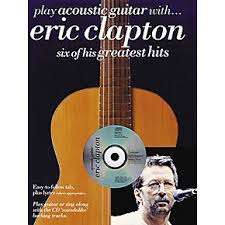 |
Eric Clapton – Play Acoustic Guitar With six of his greatest hits [Book + AUDIO MP3] with Tablature— Clapton acoustic guitar |
| Eric Clapton – Tears in Heaven (easy piano solo) | Eric Clapton – Tears In Heaven | |
| Eric Clapton – Tears in heaven (piano & guitar chords) | Tears in Heaven | |
| Eric Clapton – The Best Of (Guitar Songbook) with Tablature |
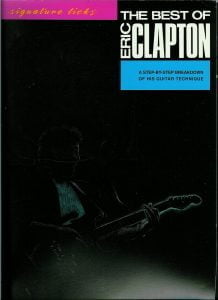 |
Eric Clapton best of |
| Eric Clapton – The Cream Of Clapton |
 |
Eric Clapton – The Cream Of Clapton |
| Eric Clapton – Wonderful Tonight | Eric Clapton – Wonderful Tonight | |
| Eric Clapton (Guitar Songbook) – Eric Clapton sheet music |
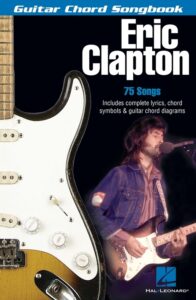 |
Eric Clapton (Guitar Songbook) – Eric Clapton sheet music |
| Eric Clapton 461 Ocean Boulevard (Eric Clapton) Guitar Tablature |
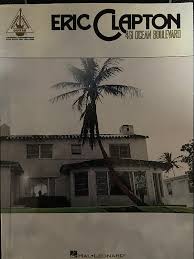 |
Eric Clapton 461 Ocean Boulevard (Eric Clapton) Guitar Tablature |
| Eric Clapton Anthology Guitar Tablature |
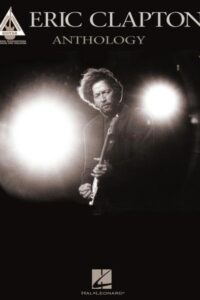 |
Eric Clapton Anthology Guitar Tablature |
| Eric Clapton Autumn Leaves for Violin and Piano (Easy) | Eric Clapton Autumn Leaves for Violin and Piano (Easy) | |
| Eric Clapton Complete Clapton Guitar TABs Recorded versions with Tablature |
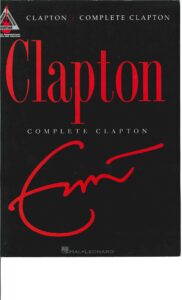 |
Eric Clapton Complete Clapton (Guitar TABs Recorded Versions) |
| Eric Clapton Eric La Autobiografia (Español Spanish) Book |
 |
|
| Eric Clapton From The Cradle Guitar Tab Songbook with Tablature |
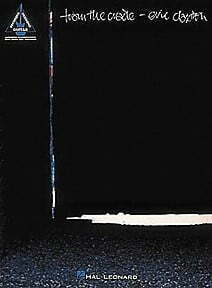 |
Eric Clapton From The Cradle Guitar Tab Songbook with Tablature |
| Eric Clapton Guitar Play Along (with embedded audio MP3) with Tablature |
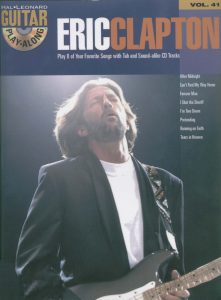 |
Guitar Play Along – Eric Clapton II |
| Eric Clapton Happy Xmas Piano Vocal Guitar |
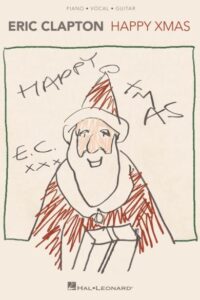 |
Eric Clapton Happy Xmas Piano Vocal Guitar |
| Eric Clapton Journeyman Scores |
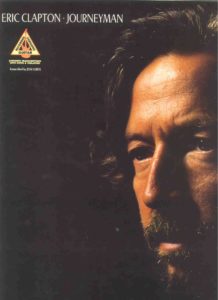 |
Eric Clapton Journeyman Scores |
| Eric Clapton Me And Mr Johnson Guitar with Tablature |
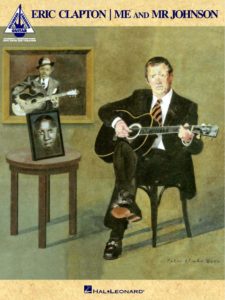 |
Eric Clapton Me And Mr Johnson Guitar |
| Eric Clapton Rock Score |
 |
|
| Eric Clapton Sheet Music Anthology – Eric Clapton |
 |
Eric Clapton Sheet Music Anthology – Eric Clapton |
| Eric Clapton Slowhand (Guitar with Tablature) |
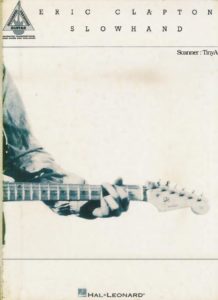 |
Eric Clapton Slowhand |
| Eric Clapton Tears In Heaven (Piano Solo) (Musescore File).mscz | ||
| Eric Clapton Tears in Heaven guitar TABs | Eric Clapton Tears in Heaven guitar TABs | |
| Eric Clapton The Autobiography Eric Clapton Book |
 |
|
| Eric Clapton The Essential Eric Clapton Easy Guitar With Riffs And Solos with Tablature |
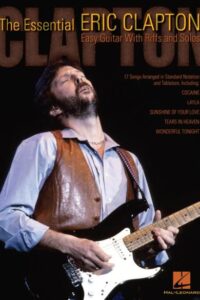 |
Eric Clapton The Essential Eric Clapton Easy Guitar With Riffs And Solos |
| Eric Clapton Unplugged Guitar TAB Songbook (signature licks) transcribed by Jesse Gress |
 |
Eric Clapton Unplugged Guitar TAB Songbook (signature licks) transcribed by Jesse Gress |
| Eric Clapton Wonderful Tonight Piano Vocal Guitar |
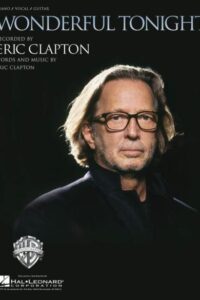 |
|
| Eric Clapton Wonderful Tonight piano solo arr |
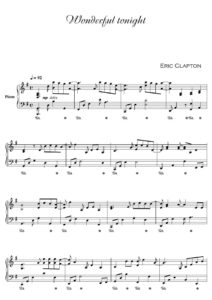 |
|
| Eric Dolphy Far Cry sheet music transcription |
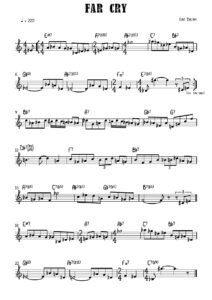 |
|
| Eric Dolphy God Bless the Child (clarinet solo transcription) |
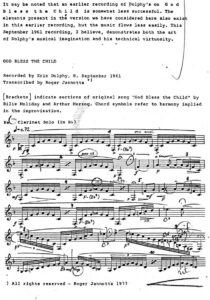 |
|
| Eric Dolphy On Green Dolphin Street sheet music transcription |
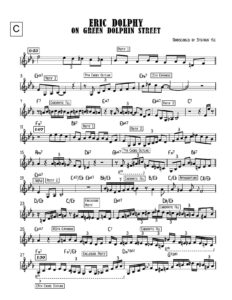 |
|
| Eric Idle – Always Look On The Bright Side Of Life | ||
| Eric Idle (Monty Python) Always Look On The Bright Side Of Life (piano vocal guitar chords) |
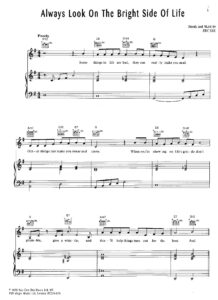 |
|
| Eric Johnson – Tones (Eric Johnson) Guitar Tablature |
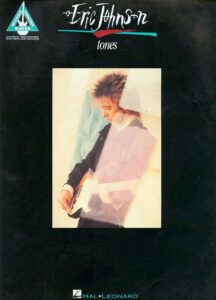 |
Eric Johnson – Tones (Eric Johnson) Guitar Tablature |
| Eric Johnson Ah Via Musicom (Eric Johnson) Guitar Tablature |
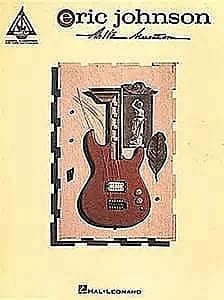 |
Eric Johnson Ah Via Musicom (Eric Johnson) Guitar Tablature |
| Eric Johnson Guitar Transcriptions with Tablature |
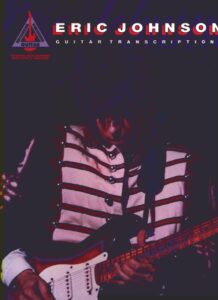 |
Eric Johnson Guitar Transcriptions |
| Eric Paschal Steve Trovato Contemporary Acoustic Guitar Book + Audio Mp3 Tracks To Play Along |
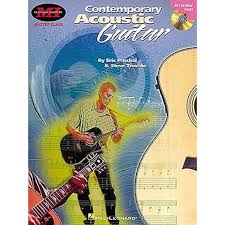 |
|
| Eric Taylor – La Teoria Musical en la Practica, grado 1 (Spanish-Español) |
 |
|
| Erik Lagerström Ere Zij God |
 |
|
| Erik Satie – Pièces Froides Danses De Travers No. 2 (Cold Pieces) (Partition Sheet Music) (Musescore File).mscz | ||
| Erik Satie Gymnopedie 1 Arranged for guitar with TAB.mscz | ||
| Ernest In Love The Musical Piano Vocal Score by Anne Crosswell and Lee Pockriss | Ernest In Love The Musical Piano Vocal Score by Anne Crosswell and Lee Pockriss | |
| Ernesto Lecuona 44 Piano Pieces | ||
| Ernesto Lecuona Piano Music Sheet Music |
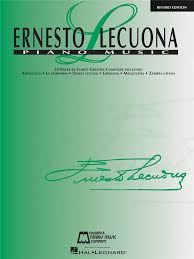 |
Ernesto Lecuona Piano Music Sheet Music |
| Ernesto Lecuona songs sheet music collection songbook |
 |
Ernesto Lecuona songs sheet music collection songbook |
| Ernesto Nazareth – Confidencias Valsa (Piano solo sheet music, partitura) |
 |
|
| Ernesto Nazareth A Collection Of His Finest Piano Works |
 |
Ernesto Nazareth A Collection Of His Finest Piano Works |
| Eros Ramazzotti Songbook anthology |
 |
Eros Ramazzotti Songbook anthology |
| Eros Ramazzotti Successi – Songbook |
 |
Eros Ramazzotti Successi – Songbook |
| Errol Garner – Errolls Bounce Sheet Music |
 |
|
| Erroll Garner Chopin Impressions Sheet Music Transcription |
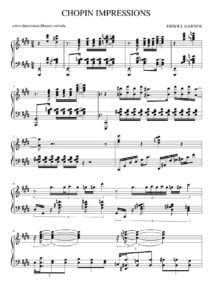 |
|
| Erroll Garner – Erroll Garner By Mimi Clar The Jazz Review January 1959 (Book) |
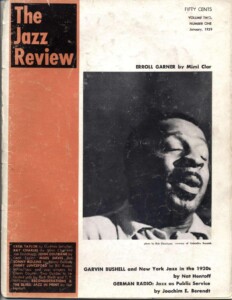 |
|
| Erroll Garner – Misty |
 |
|
| Erroll Garner – Misty (Guitar & TAB Solo Arrangement) | Erroll Garner – Misty (Guitar Solo Arrangement) | |
| Erroll Garner – Misty (Guitar Solo Arrangement) (Musescore File).mscz | ||
| Erroll Garner Concert By The Sea Artist Transcriptions For Piano |
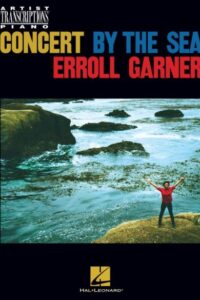 |
|
| Erroll Garner Five Piano Solos |
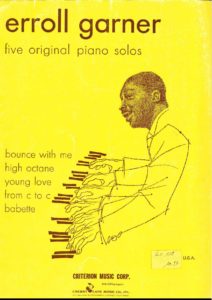 |
erroll garner five piano solos |
| Erroll Garner Misty Jazz Standard arr. Carsten Gerlitz |
 |
|
| Erroll Garner Misty sheet music Transcription |
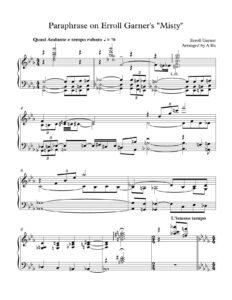 |
|
| Erroll Garner Piano Solos Book 2 |
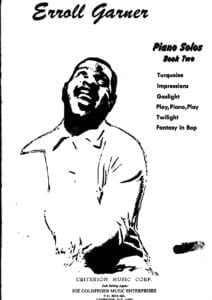 |
erroll garner piano solos book |
| Erroll Garner Songbook Vol 1 |
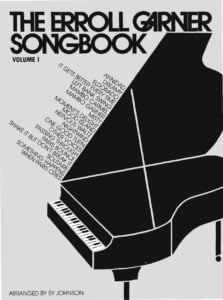 |
erroll garner songbook 1 |
| Erroll Garner Songbook Vol 2 |
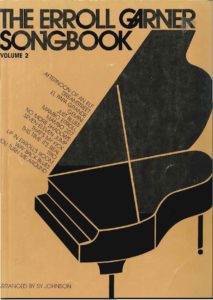 |
erroll garner songbook 2 |
| Esenvalds Eriks The Heavens’ Flock |
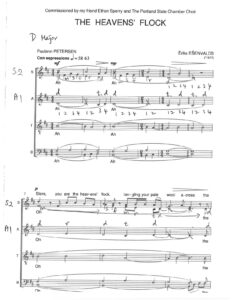 |
|
| Esenvalds, Eriks In Paradisum for Mixed Choir |
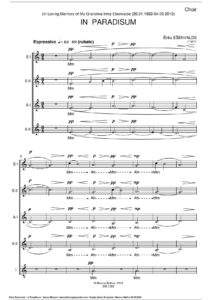 |
|
| Essays For Piano Original Compositions For Intermediate Contemporary Classical Piano by J.R. Marc Lauzon |
 |
|
| Essential Blues Guitar by Dave Celentano |
 |
|
| Essential Dictionary Of Music Notation (Theory) |
 |
|
| Essential Elements Ukulele Book 1 Standard Notation |
 |
|
| Essential film themes vol 3 |
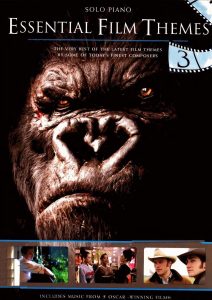 |
Essential 3 |
| Essential film themes vol 4 |
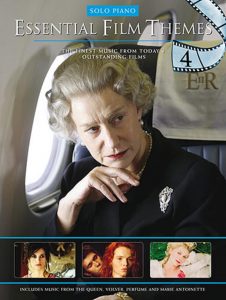 |
Essential 4 |
| Essential film themes vol 5 |
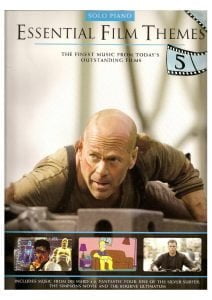 |
Essential 5 |
| Essential film themes vol 6 |
 |
Essential 6 |
| Essential Film Themes Vol. 1 |
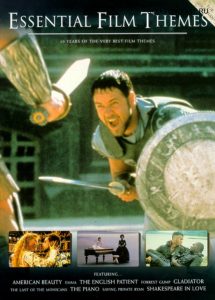 |
Essential 1 |
| Essential Film Themes vol. 2 |
 |
Essential 2 |
| Essential Jazz Lines In The Style Of Bill Evans (Guitar with TAB) |
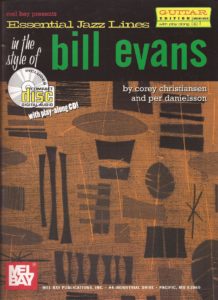 |
Essential Jazz Lines In The Style Of Bill Evans (Guitar) |
| Essential Jazz Lines in the Style of Charlie Parker (Guitar book with TAB) |
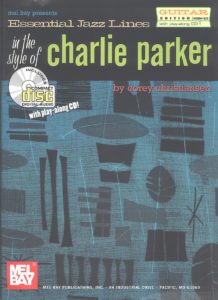 |
Essential Jazz Lines in the Style of Charlie Parker |
| Essential Jazz Piano Phrases |
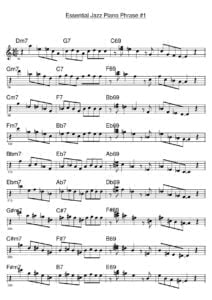 |
|
| Essential Keyboard Repertoire vol. 2 Barroque to Modern |
 |
Essential Keyboard Repertoire vol. 2 |
| Essential Keyboard Repertoire vol. 4 Barroque to Modern |
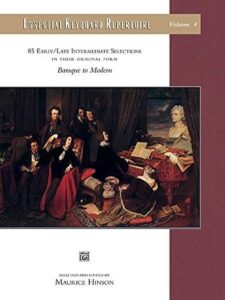 |
Essential Keyboard Repertoire vol. 4 Barroque to Modern by Morise Hinson 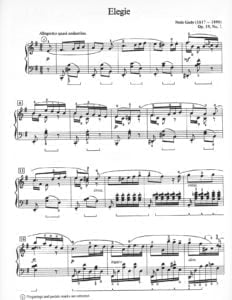 |
| Essential Piano Repertoire 1 Keith Snell |
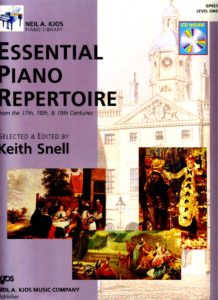 |
Essential Piano Repertoire 1 Keith Snell |
| Essential Piano Repertoire Level 2 (from 17th, 18th and 19th Cent.) by Keith Snell |
 |
Essential Piano Repertoire Level 2 (from 17th, 18th and 19th Cent.) by Keith Snell |
| Essential Piano Repertoire Level 3 (from 17th 18th and 19th Cent.) |
 |
Essential Piano Repertoire Level 3 (from 17th, 18th and 19th Cent.) by Keith Snell |
| Essential Piano Repertoire Preparatory Level (from 17th 18th and 19th Cent.) |
 |
Essential Piano Repertoire Preparatory Level (from 17th, 18th and 19th Cent.) |
| Essential Sightreading Studies for Electric Bass Volume 1 (David Motto) |
 |
|
| Essential Songs For Trumpet |
 |
Essential Songs For Trumpet |
| Ethan Iverson – The More It Changes |
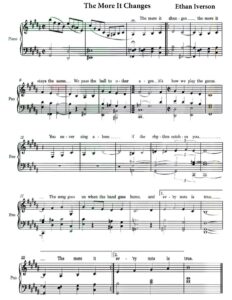 |
|
| Ethan Iverson Carolina Shout (Piano Solo) |
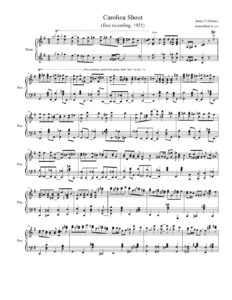 |
|
| Ethnic Rhythms for Guitar with Tablature Book + MP3 Audio Play Along (embedded) by Jean Marc Belkadi |
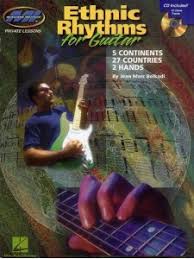 |
|
| Etta James Somethings Got A Hold On Me |
 |
|
| Etta James Somethings Got A Hold On Me (From Burlesque) |
 |
|
| Etta James – At Last | ||
| Etta James At Last (Transcription) Gordon and Warren | Etta James At Last (Transcription) Gordon and Warren | |
| Etude Op 10 No 3 E Major Tristesse – Chopin (Musescore File).mscz | ||
| Etude Progressive Opus 46 No. 30 In E Major – Heller (Musescore File).mscz | ||
| Etude_in_E_major_Moszkowski (Musescore File).mscz | ||
| Eu sei que vou te amar | Eu sei que vou te amar | |
| Eu sei que vou te amar – Tom Jobim & Vinicius de Moraes |
 |
|
| Eu Sei Que Vou Te Amar Tom Jobim (Musescore File).mscz | ||
| Eubie Blake 9 Original Compositions For Piano Solo Transcribed By Terry Waldo |
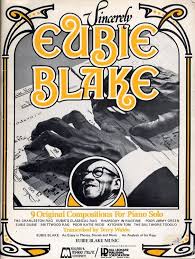 |
Eubie Blake 9 Original Compositions For Piano Solo Transcribed By Terry Waldo |
| Eugenie Rocherolle Treasures Late Elementary Early Intermediate seveb pieces piano solo |
 |
Eugenie Rocherolle Treasures Late Elementary Early Intermediate seveb pieces piano solo |
| EURIDICE TANGO BOOK VOL.1 (grassa) | EURIDICE TANGO BOOK VOL.1 | |
| Europe – The Final Countdown | ||
| Europe – Tomorrow | ||
| Europe – Wings Of Tomorrow Guitar Songbook with TAB |
 |
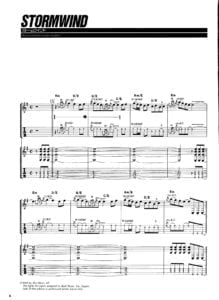 |
| Eurythmics – Sweet Dreams | ||
| Eurythmics Greatest Hits |
 |
Eurythmics Greatest Hits |
| Eurythmics Ultimate Collection Piano Vocal Guitar |
 |
Eurythmics Ultimate Collection Piano Vocal Guitar |
| Eva (Nightwish) | ||
| Eva Cassidy Songbook For Guitar with TAB |
 |
Eva Cassidy Songbook For Guitar |
| Eva Cassidy The Best Of Eva Cassidy Piano, vocal, guitar |
 |
Eva Cassidy The Best Of Eva Cassidy |
| Evanescence – All That Im Living For | ||
| Evanescence – Anywhere | ||
| Evanescence – Away From Me | ||
| Evanescence – Breathe No More | ||
| Evanescence – Bring Me To Life | ||
| Evanescence – Call Me When Youre Sober | ||
| Evanescence – Everybodys Fool | ||
| Evanescence – Exodus | ||
| Evanescence – Farther Away | ||
| Evanescence – Forgive Me (intro) | ||
| Evanescence – Good Enough | ||
| Evanescence – Goodnight | ||
| Evanescence – Goodnight Monki | ||
| Evanescence – Heart Shaped Box | ||
| Evanescence – Hello | ||
| Evanescence – Imaginary | ||
| Evanescence – Like You | ||
| Evanescence – Listen To The Rain (Piano arr.) |
 |
|
| Evanescence – Lithium | ||
| Evanescence – My Immortal | ||
| Evanescence – My Last Breath | ||
| Evanescence – The Last Song Im Wasting On You | ||
| Evanescence – Wasted On You |
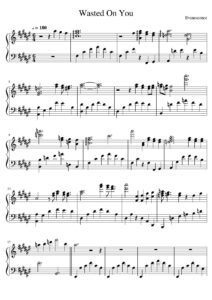 |
|
| Evanescence – Whisper | ||
| Evanescence Anywhere But Home Songbook |
 |
Evanescence Anywhere But Home Songbook |
| Evanescence Fallen Piano Songbook |
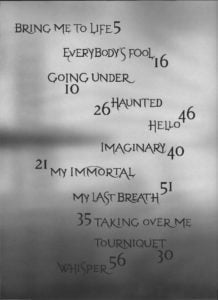 |
Evanescence Fallen Piano Songbook |
| Eve Kaikai Kitan Jujutsu Kaisen (Piano) | Eve Kaikai Kitan Jujutsu Kaisen (Piano) | |
| Evening Prayer by Engelbert Humperdinck | Evening Prayer by Engelbert Humperdinck | |
| Everest – Epilogue (Dario Marianelli) | ||
| Everette Harp By the Fireplace | Everette Harp By the Fireplace | |
| Everette Harp Hey Yeh (Sax) | Everette Harp Hey Yeh (Sax) | |
| Everette Harp Just As You Are | Everette Harp Just As You Are |

